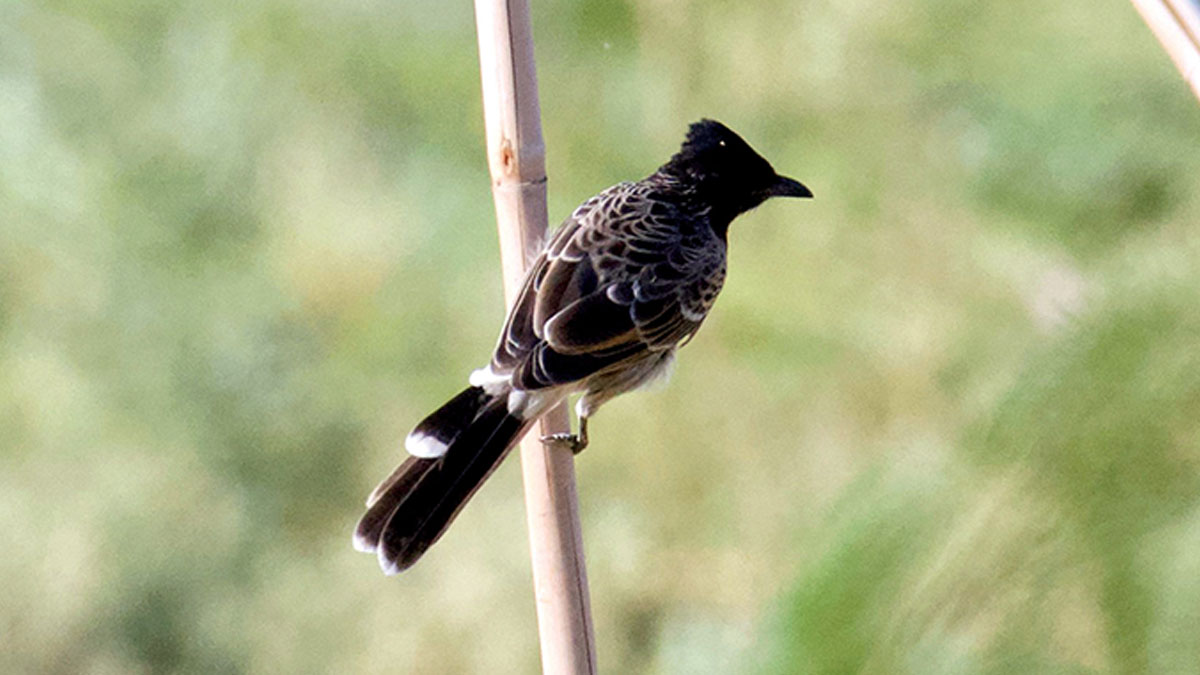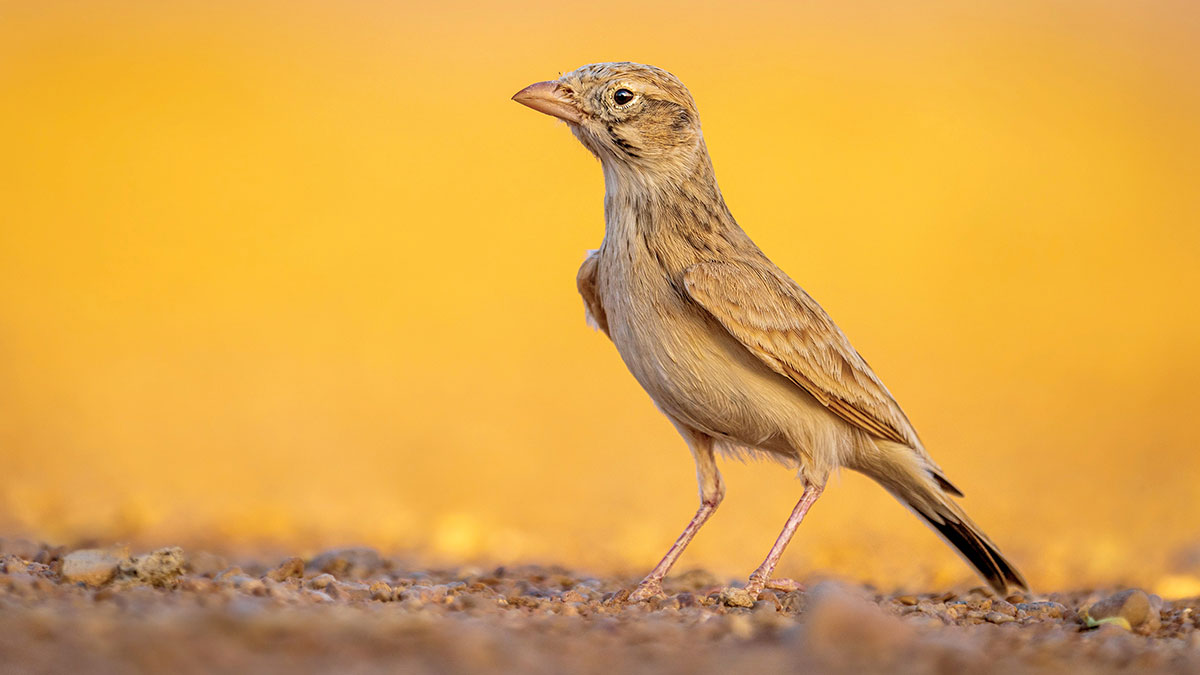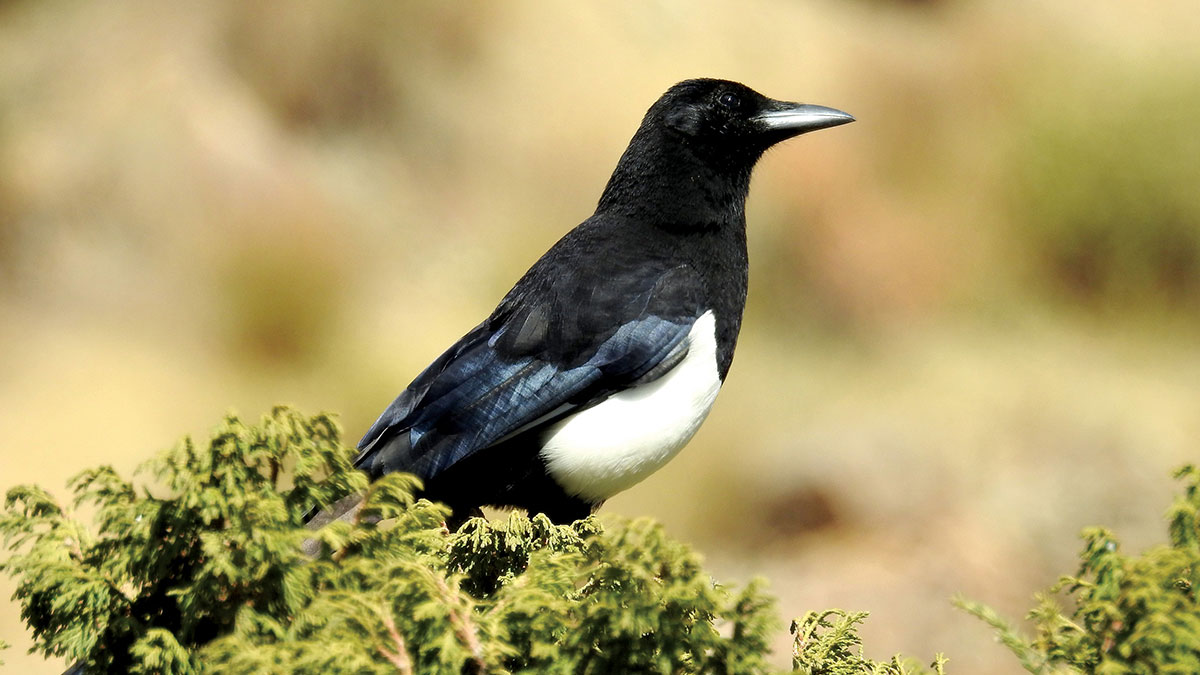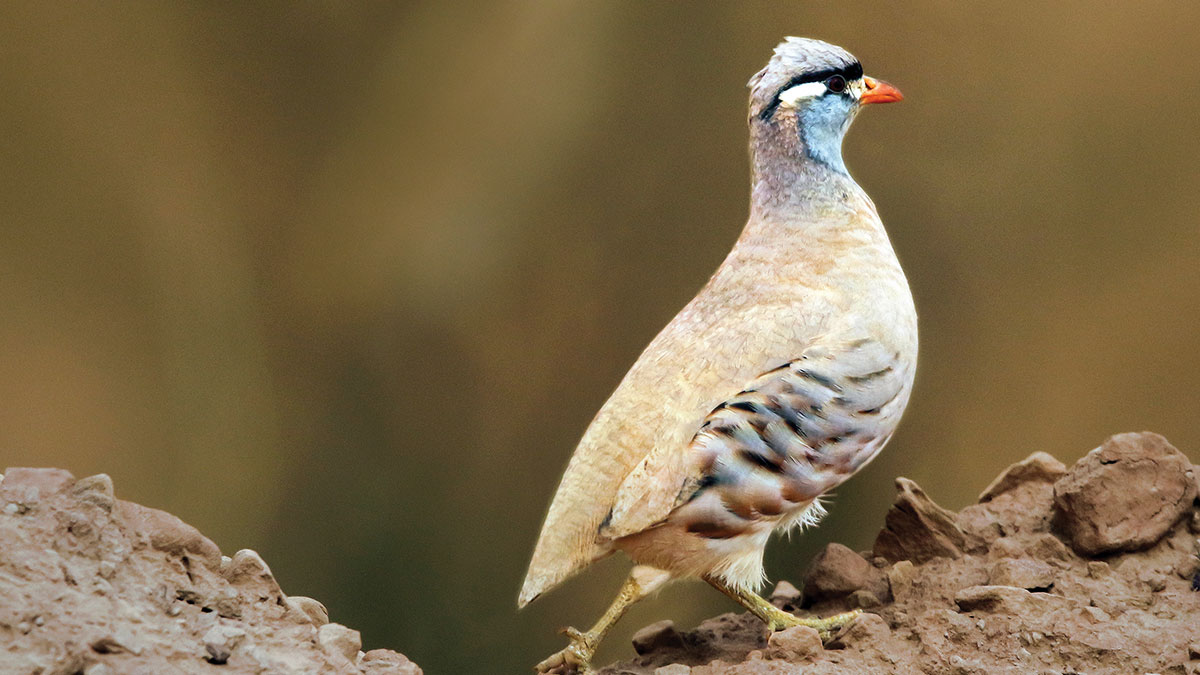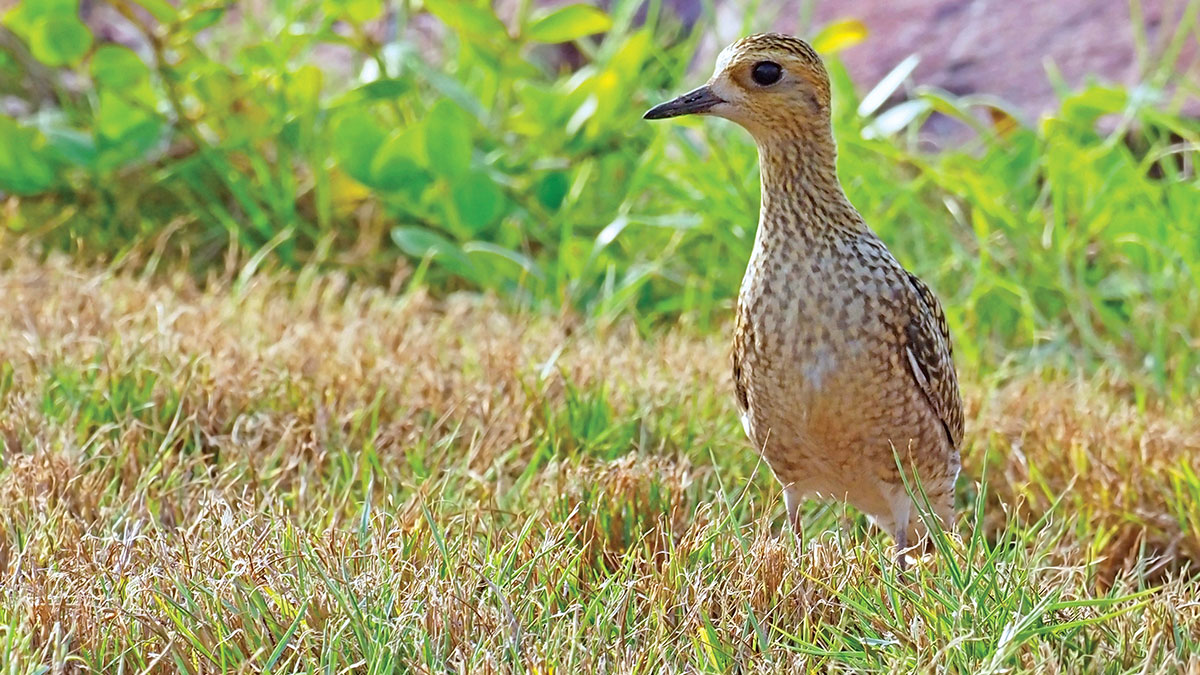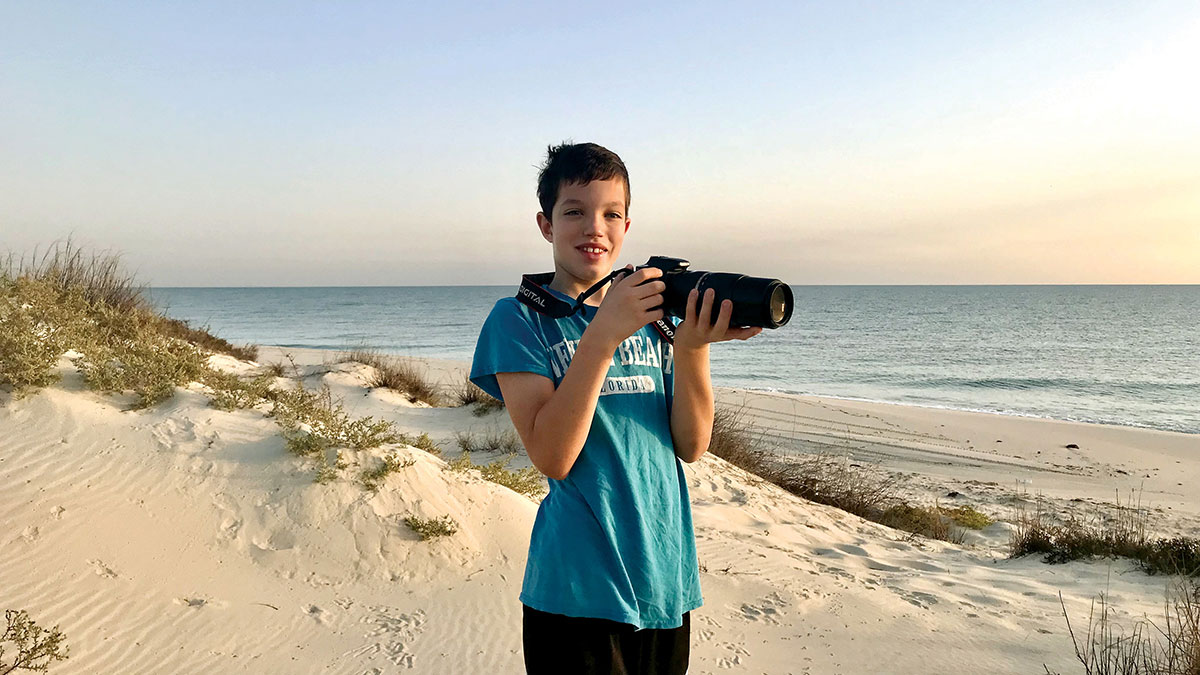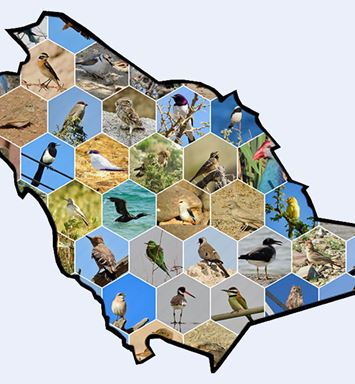Day of Birding
Saudi’s first Big Day of Birding

Global October 20, 2021 - By
Bird watchers from across the Kingdom took part in this year’s Big Day of Birding, recording 221 species and submitting them to the database created by the Cornell Lab of Ornithology.
In celebration of Global Bird Weekend and World Migratory Bird Day, on October 9, birdwatchers in Saudi Arabia took part in this year’s October Big Day. During the event, the global birding community tried to record the highest number of bird species possible in a single day. By the end of the day, the Saudi Birding Team had recorded a total of 221 species, putting the Kingdom in 44th place out of the 193 countries in which birdwatchers submitted checklists to eBird, an online database of global bird observations developed by the Cornell Lab of Ornithology.
Saudi Arabia outshone nearly all other countries throughout the Middle East and North Africa during the October Big Day, not just in terms of the total number of species recorded but also in terms of the number of participants and the number of eBird checklists submitted. From around the Kingdom, 34 birders participated, including members of the Aramco and KAUST communities, and submitted a total of 80 checklists. Only two countries in the region recorded more species — Turkey, with a total of 243 species, and Israel, with a total of 234 species.
Of Saudi Arabia’s 13 regions, 10 were represented in the event — Al Sharqiyah, Riyadh, Qassim, Ha’il, Al Jawf, Tabuk, Madinah, Makkah, Asir, and Jazan. Of the 10, the Makkah Region had the greatest number of participants and recorded the highest number of species in the country, with a total of 119 species, 80 of which were recorded by Abdullah Hatim, who, at 16 years old, is the second youngest member of the Saudi Birding Team.
Recording species
Al Sharqiyah had the second highest number of participants and species recorded, with a total of 106 species, 61 of which were recorded by James Conder and myself.
The Asir crew, led by Jacky Judas and Ahmed Neyazi with a total of 54 species, recorded 10 of the 15 Arabian endemics, species not to be seen anywhere else in the world, including the Asir magpie, an endangered species that can only be found in the Asir and Jazan regions.
While the Asir crew worked hard to add as many of the endemics as possible, a few other members of the team made it their mission to track down species either unique to their region or particularly challenging to find elsewhere. Nader Al Shammari was a one-man birding crew up in his home region of Al Jawf, where he added several species difficult to impossible to find anywhere else in the Kingdom, such as the see-see partridge, great white pelican, common wood pigeon, and thick-billed lark.
Ibrahim Al Shwamin made sure to hit some desert hotspots north of the capital of Riyadh so that we would not miss the Arabian lark, a species that occurs almost exclusively in Saudi Arabia, while Saad Ali in Al Qassim refound the black stork that he had discovered near him the day before. Jem Babbington took charge of the borderlands of Al Sharqiyah around Salwa and Batha and helped the team add the gray francolin, which only occurs in a couple of farms a kilometer over the border with Qatar, as well as the sociable lapwing and jack snipe.
Not an all male affair
James Conder and I worked my local patch in al-Hasa — Al Asfar Lake — to add the water rail and mustached warbler to the day’s list, and Hussain Al Hrisi from Al Hasher, down in the Jazan Region, did some early evening birding for the team to contribute the Abyssinian nightjar, a species that’s been recorded only a few times in the past 10 years. Finally, Samuel Hodge, the team’s youngest member, made the only observation of the black-eared kite during the Big Day from his local patch in Ras Tanura.
The October Big Day, however, was not an all-male affair. Several female birders — Saudis and expats alike — joined in the excitement and made some excellent finds, another important aspect of the diversity reflected in our birding team. At KAUST, Ute Langner, along with her husband Heiko, discovered two black-winged pratincoles, a member of an intriguing family of birds that are classed as shorebirds, but very much recall large swallows in appearance with their agility in hawking insects in flight. Alma Swartz, a member of the Aramco community in Dhahran, added two species unrecorded anywhere else in the Kingdom — the oriental honey buzzard and red-vented bulbul — while Duha Al Hashimi from Jiddah recorded the only Pacific golden plover of the day.
And what of last year’s record? As of this writing, on Saturday, Oct. 9, the global birding community recorded 7,269 species to eBird, 103 species more than last year, and guess what? Of those, 16 came courtesy of the Saudi Birding Team — 16 species not recorded anywhere else on the planet!
The Saudi Birding Team cannot wait for next year’s October Big Day, and we hope you will join us and help our diverse and caring community continue to grow.
Happy birding, everyone!
